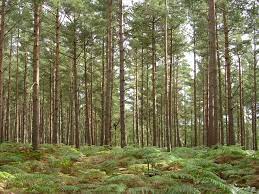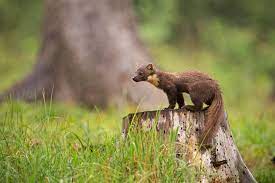George Eustice (secretary for environment among other things) announced in may, that the government planned to greatly increase tree planting in the UK. Indeed, his plan was to treble the amount of woodland to be created each year, to 30,000 hectares (which is 74,100 acres or around 120 square miles).
However, this constitutes around 90 million trees (each and every year). The problem is that tree nurseries in the UK, do not regularly have this level of demand – and it is not easy to scale up these tree growing for just a few years. In the past, we imported a great deal of the tree saplings to plant, however the Brexit deal we did makes this hard. Not only is it more expensive, but also there are strict import rules to protect from various tree illnesses. While this is important for the wellbeing of British woodland (it is foolish to try to offset climate change by planting trees, if these trees cause the death of many thousands already growing here.
Labour is also short, with 70,000 requested in recent years, but the government only giving enough visas for 30,000 seasonal workers.
This is an issue we need to solve. British woodland cover is well below that of most European countries, but more to the point it makes a significant part of our plans to reduce our carbon emissions over the next few decades.













